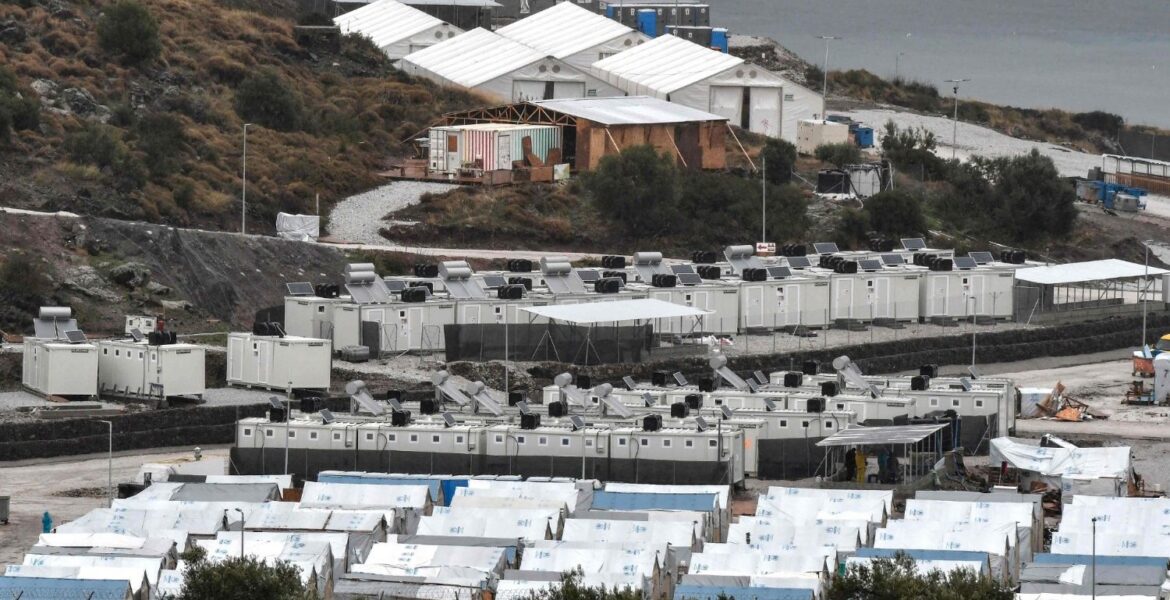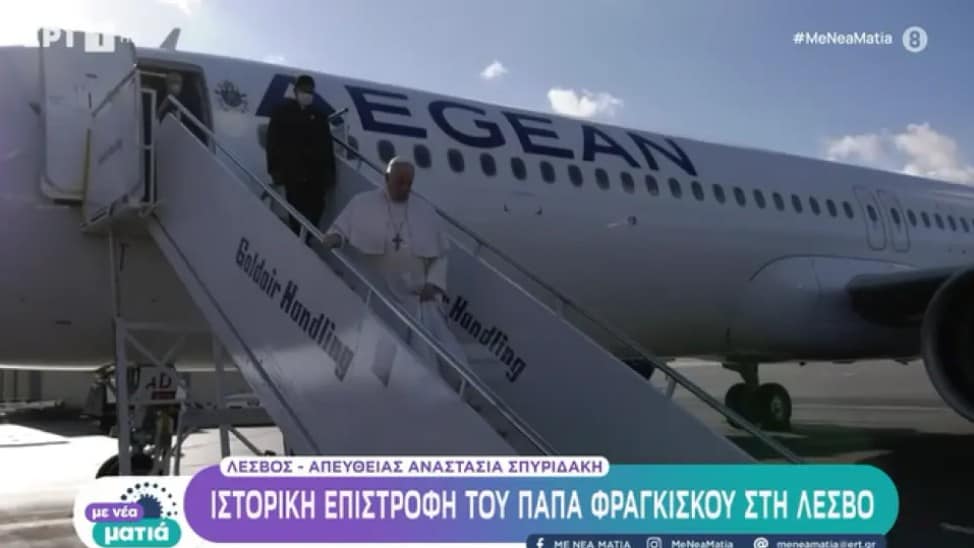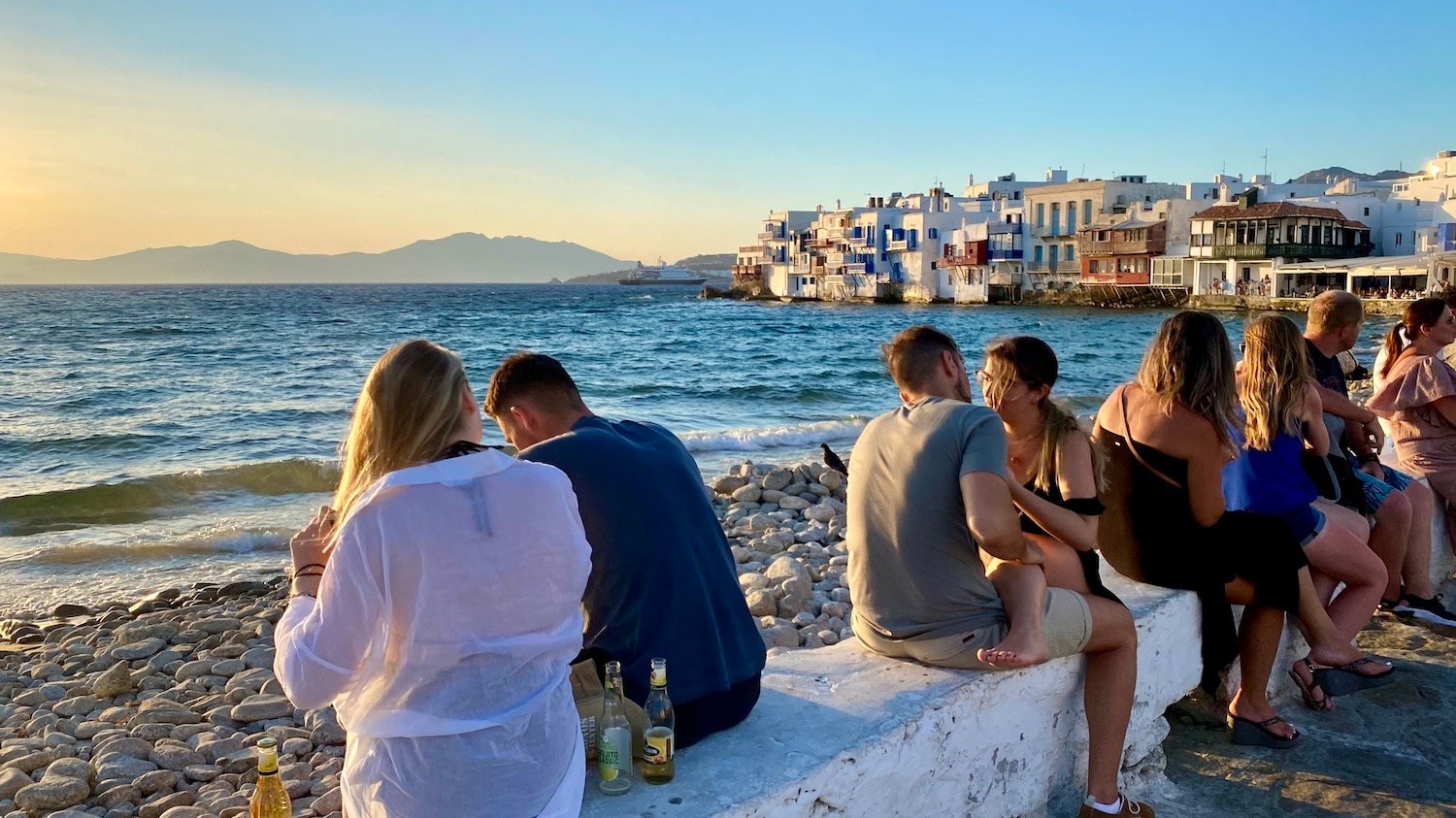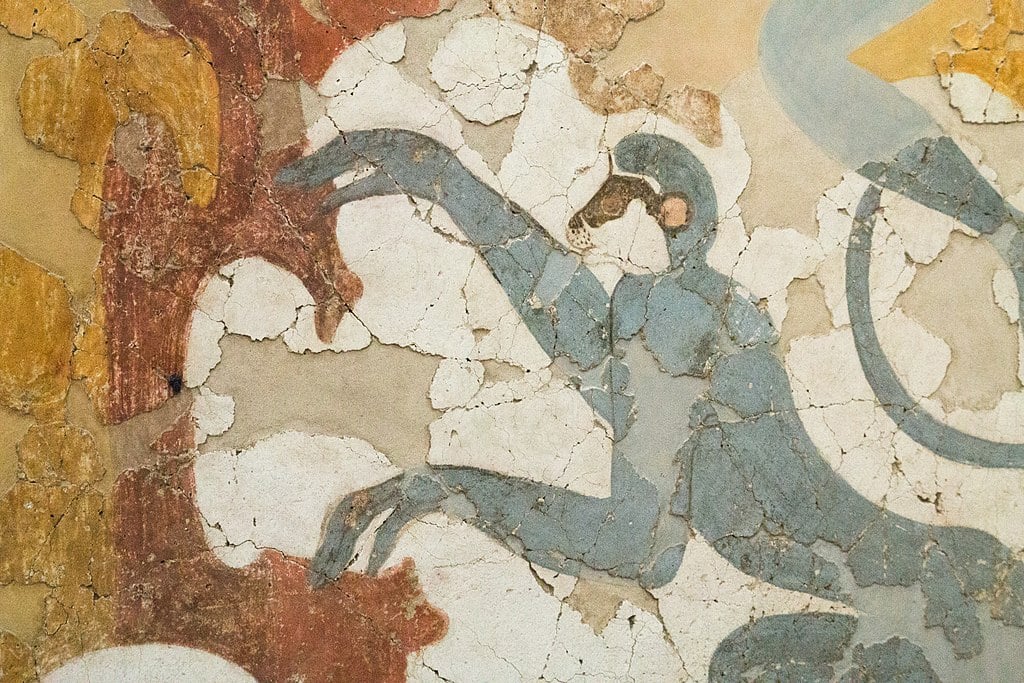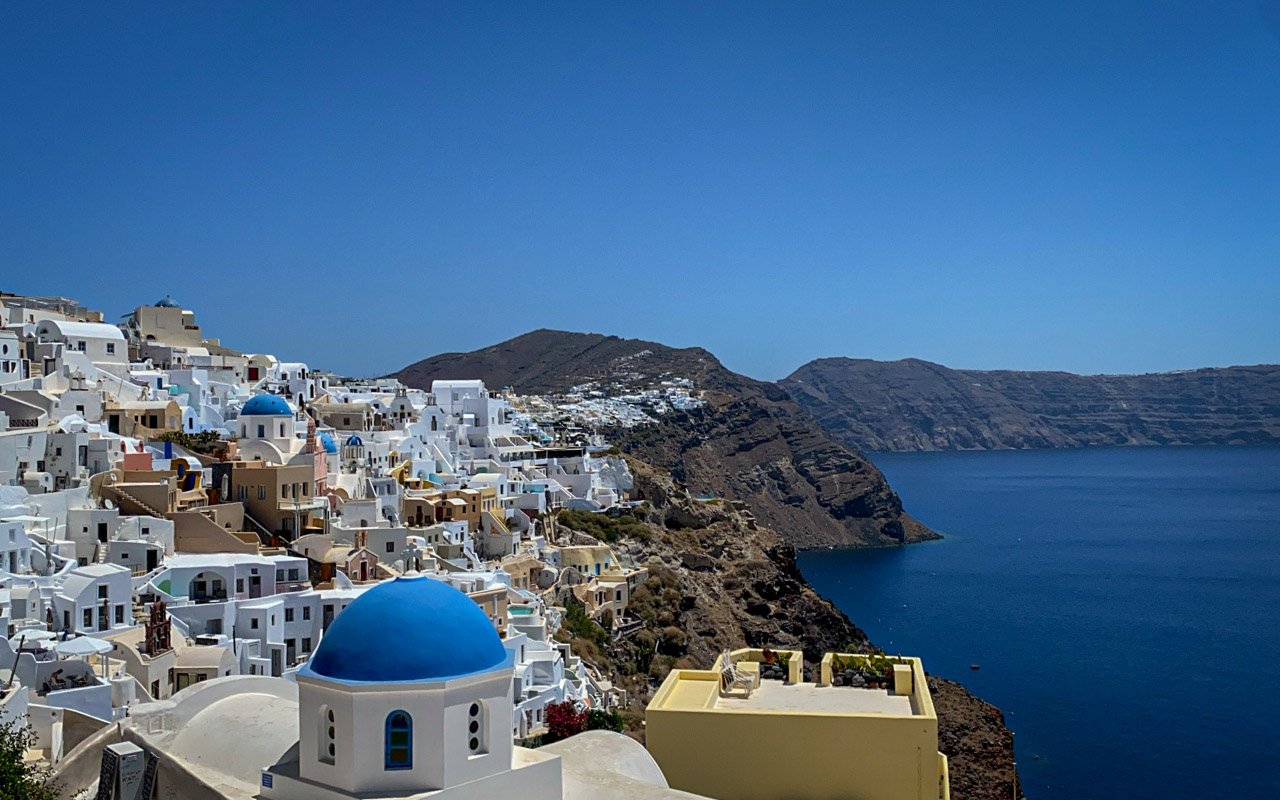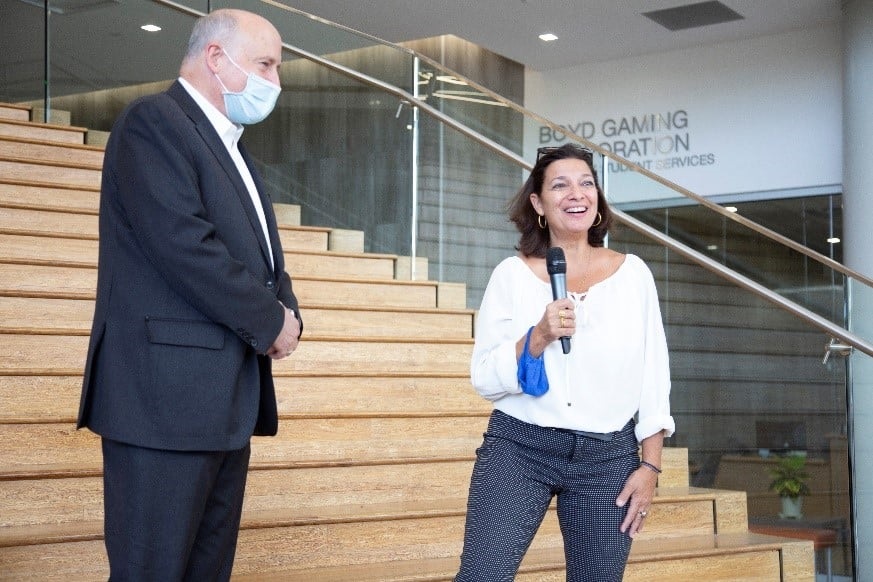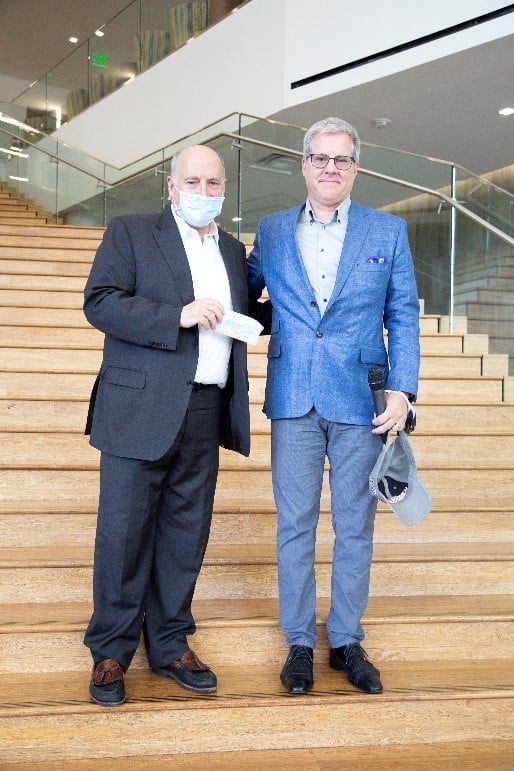There are several famous –but strangely named — neighborhoods and squares in Athens and even Athenians don’t know how they first got their monikers.
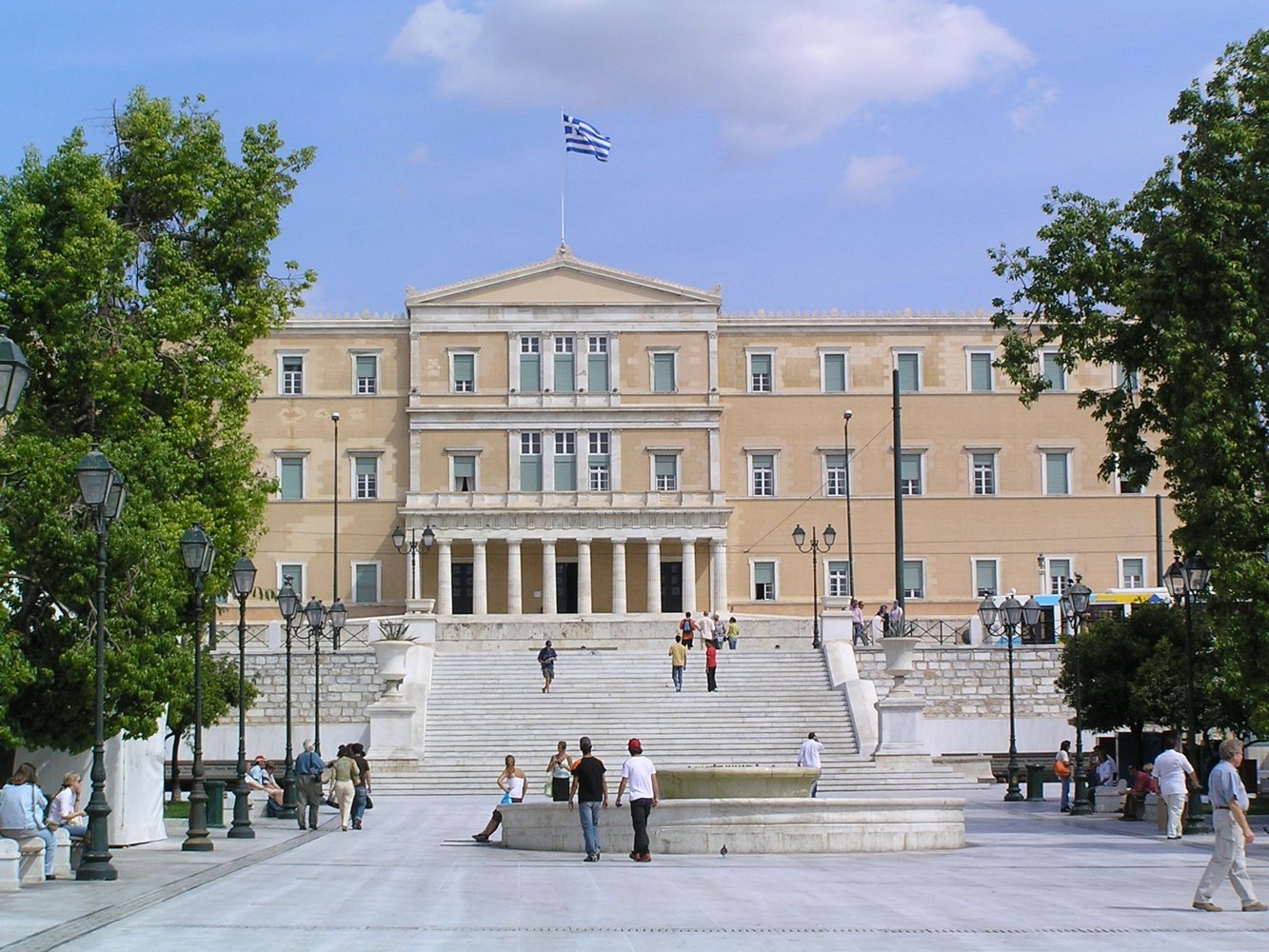
Plateia Amerikis, or America Square, is an iconic square in Athens. The busy square was named in 1927, as the municipal council wanted to show its appreciation for the philhellenism shown by the United States.
Until then, it was called Agamon Square, or the “square of the unwed.” It was named so in 1887 after three middle-aged Athenians who had a café in the square and were all, apparently quite famously, unmarried.
Until the end of the 19th century, Ambelokipi (which means vineyards in Greek) was an area that was indeed full of vineyards and orchards, which were irrigated by the water of the Adrianian aqueduct that sprouted from Agios Dimitrios from the beginning of the 16th century, when the main pipeline was destroyed.

Anafiotika, the neighborhood in Athens that looks like an island
Anafiotika is an Athenian neighborhood on the north slope of Acropolis Hill. Particularly picturesque, with tiny houses and narrow streets resembling those of a Greek island, it was created around 1860 by craftsmen and laborers who had come from the island of Anafi to work on the excavations of the Acropolis, but also to build the capital, which was a relatively new city then.
One of them, on the pretense of building a small church, gathered materials and with the help of a carpenter, he made a house in one night and settled in. In a few days (or nights …) the builder helped the carpenter to make his own home. Thus the name Anafiotika, or Little Anafi, from these two masters from that island.
Vathi, or “deep,” Square, took its name from the lower are of the city, where the waters of the Cycloborus stream ended. Once the area was drained for construction works, Vathi Square was created in 1926.
Gazohori, or Gas Village, was a settlement of shacks and shelters which was cobbled together to the north and west of the gas factory during the first decades of the reign of King George I.
Originally, the poorest families of Athens lived there, and it had a seedy underbelly. Today it is called Gazi and it is a vibrant area full of bars and restaurants; the old gas factory has turned to a complex where exhibitions, concerts and other events are staged.
Votanikos Square was named after the Botanical Gardens, which since 1836 has been where trees were planted under King Otto’s order for the establishment of greenery in the city. The same order stipulated that the Botanical Garden be used by the Physical-Historical Society, medical schools and the institutions of higher education in the city.
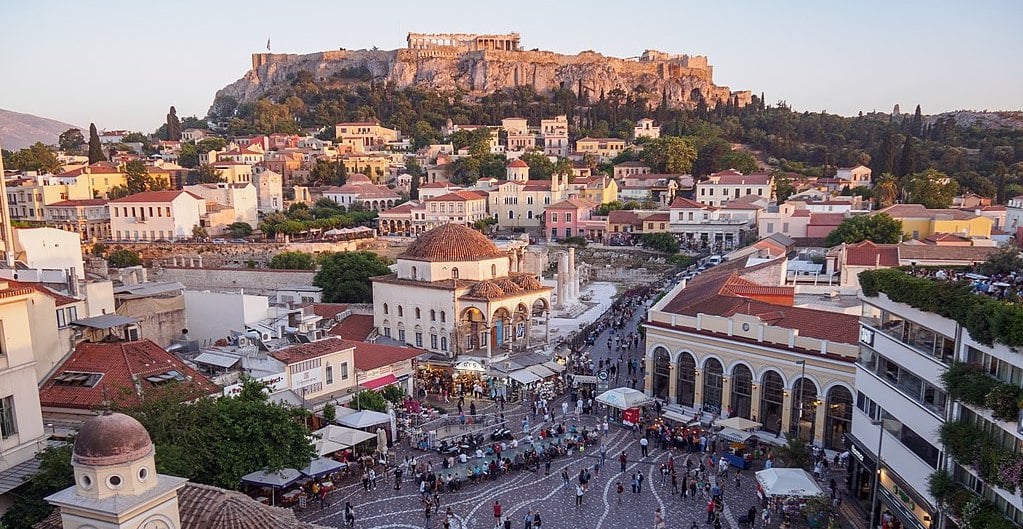
Yusurum Square, the flea market in Monastiraki, was so named by the Greek-Jewish entrepreneur Elias Yusurum, who opened the first antique shop in the area in the late 19th century.
In Monastiraki there is also a flea market, with the area is packed with tourists all year long due to its proximity to the Acropolis and other archaeological sites. Monastiraki, or “little monastery,” owes its name to the old monastery of the Assumption of the Virgin Mary, the enclosure of which gave its name to Monastiraki Square.
Exarchia got its name around 1900, from the last name of Exarchos, a man from Epirus, who had a grocery store at the southwest corner of Themistokleous and Solomou Streets. The famous “blue apartment building” at Exarchia Square was built before World War II. Today Exarchia is known as a countercultural area full of artists and anarchist groups.
The neighborhood Thissio is named after an ancient temple, located at the top of Agoraiou Kolonos. Its ruins were discovered in 1931 during excavations by the American School of Classical Studies. In the past, this temple was converted into a Christian church and during Frankish rule it was a Catholic church.
Ilissia was named by the Duchess of Plakentia who built her mansion near the Ilissos River and gave it the name of the river. Today the mansion houses the Byzantine Museum.
“The Square of Crying”
Klafthmonos Square, or the square of crying, was named so after the writer Dimitrios Kambouroglou in the late 19th century who wrote about the spectacle of civil servants being seen openly crying.
The Ministry of Finance overlooked the Square at the time — and every time the government changed, the civil service employees were fired so that the new minister would hire his own people. The fired civil servants would then go to the square after getting their pink slips and were known to burst into tears.
Kolonaki, or “little pillar,” the downtown neighborhood of the rich and famous, took its name from a stone landmark that existed until 1938 near Dexamenis Square and was then set up in Kolonaki Square.
Plaka, a neighborhood located in Athens at the foot of the Acropolis hill, was mentioned for the first time in the anonymous note “About Attica” in the Paris Library, dating back to the 17th century. It mentions “various Albanian houses” in the area.
First, in 1833, J. Hann observed that Plaka comes from an Arvanite, or a language that was spoken by Albanians who moved to Greece in the Middle Ages, with the word plak meaning “old, aged”. As K. Biris writes, it is a “medieval name, which arose after the end of the 16th century, when there was a settlement of Arvanites outside the so-called Valerian Wall.”
